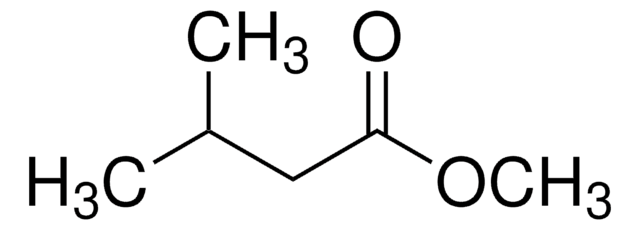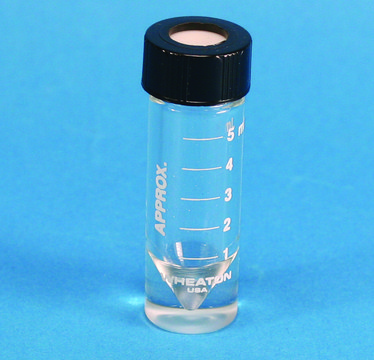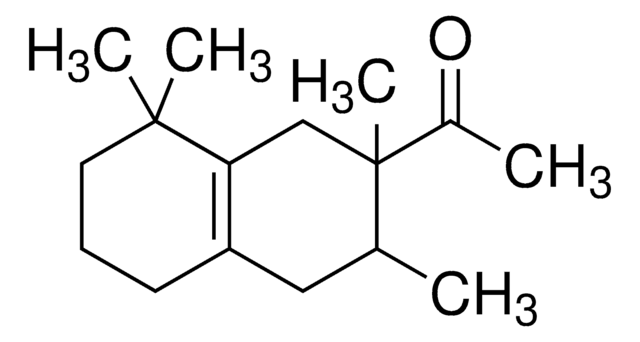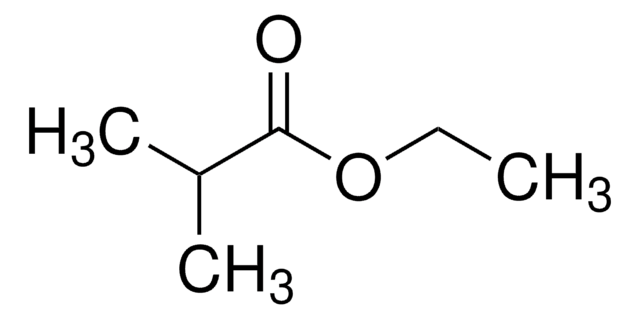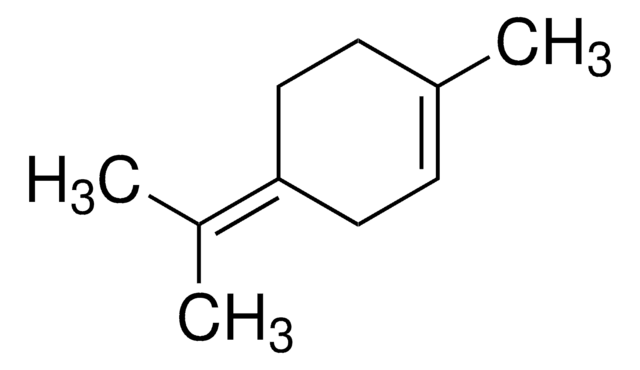W263605
Linalyl acetate
≥97%, FCC, FG
Synonym(s):
3,7-Dimethyl-1,6-octadien-3-yl acetate, Bergamol
About This Item
Kosher
Recommended Products
biological source
synthetic
grade
FG
Kosher
Agency
meets purity specifications of JECFA
reg. compliance
EU Regulation 1334/2008 & 178/2002
FCC
FDA 21 CFR 117
FDA 21 CFR 182.60
vapor density
6.8 (vs air)
vapor pressure
0.1 mmHg ( 20 °C)
description
synthetic
Assay
≥97%
refractive index
n20/D 1.453 (lit.)
Looking for similar products? Visit Product Comparison Guide
Related Categories
1 of 4
This Item | W263613 | 49599 | L2807 |
|---|---|---|---|
| grade FG, Kosher | grade FG, Halal, Kosher, natural | grade analytical standard | grade - |
| organoleptic green; woody; floral; sweet | organoleptic green; woody; floral; sweet | organoleptic - | organoleptic - |
| biological source synthetic | biological source botanical | biological source - | biological source - |
| food allergen no known allergens | food allergen no known allergens | food allergen - | food allergen - |
| agency meets purity specifications of JECFA | agency - | agency - | agency - |
| documentation see Safety & Documentation for available documents | documentation see Safety & Documentation for available documents | documentation - | documentation - |
Signal Word
Warning
Hazard Statements
Precautionary Statements
Hazard Classifications
Eye Irrit. 2 - Skin Irrit. 2 - Skin Sens. 1B
Storage Class Code
10 - Combustible liquids
WGK
WGK 1
Flash Point(F)
201.2 °F - closed cup
Flash Point(C)
94 °C - closed cup
Personal Protective Equipment
Choose from one of the most recent versions:
Already Own This Product?
Find documentation for the products that you have recently purchased in the Document Library.
Customers Also Viewed
Protocols
-Cymene; 2,5-Dimethylpyrrole; Acetoin, ≥96%, FCC, FG; 2,5-Dimethylpyrazine; 2,6-Dimethylpyrazine; 2-Ethylpyrazine, ≥98%, FG; 2,3-Dimethylpyrazine; 4-Heptanone; 3-Ethylpyridine; 2,3,5-Trimethylpyrazine; Furfural; Pyrrole; Furfuryl acetate; Linalool; Linalyl acetate; 5-Methylfurfural; γ-Butyrolactone; 2-Acetyl-1-methylpyrrole; Furfuryl alcohol; 2-Acetylpyrrole; Pyrrole-2-carboxaldehyde
Our team of scientists has experience in all areas of research including Life Science, Material Science, Chemical Synthesis, Chromatography, Analytical and many others.
Contact Technical Service

